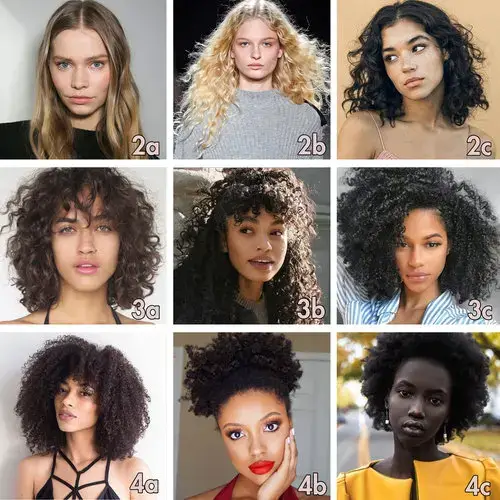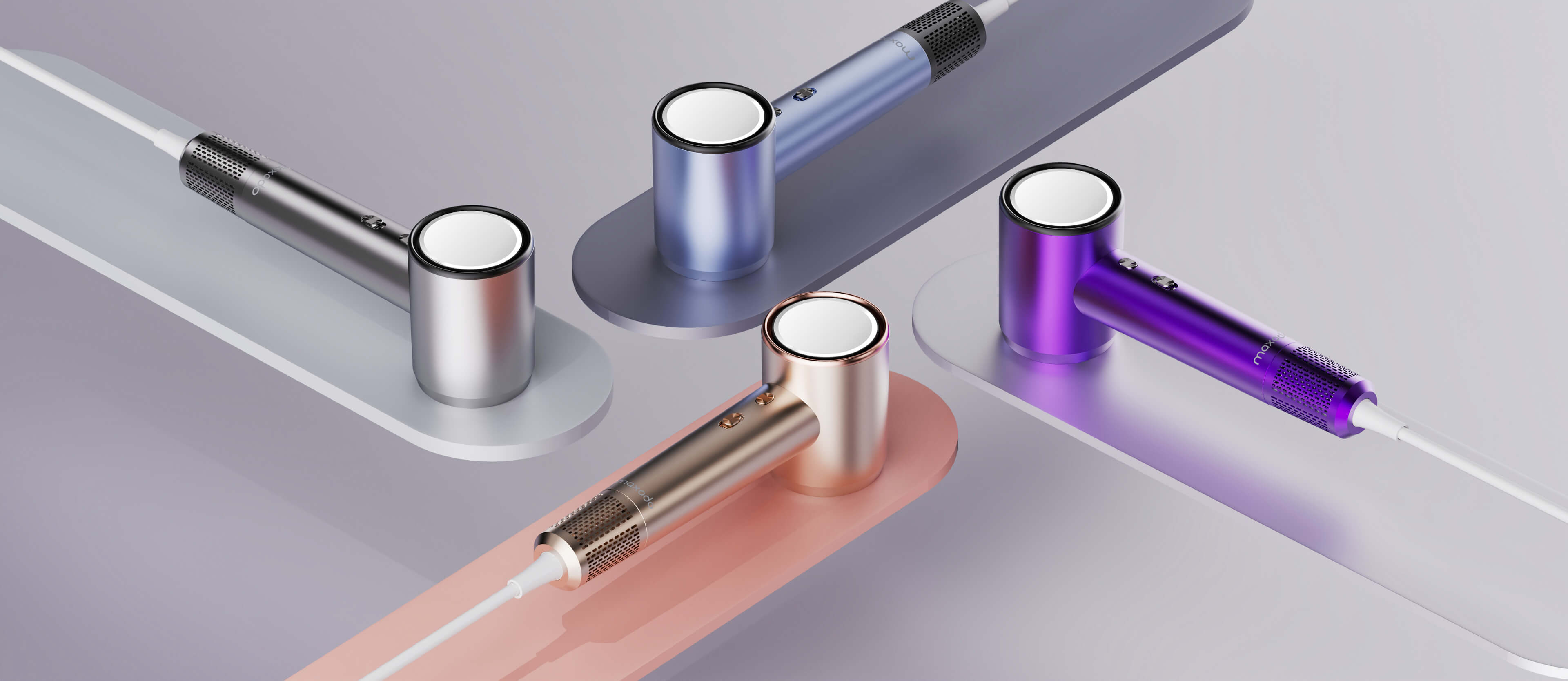
- Home
- Hair Dryer
- Hair Care Tips
- The Do’s and Don’ts of Blow-Drying Your Hair
The Do’s and Don’ts of Blow-Drying Your Hair

Blow-drying is a common hair styling technique used by millions around the world. It involves using a hair dryer, a handy electrical device, to apply controlled heat and air to wet or damp hair, accelerating the evaporation of water. There are various types of hair dryers, including the popular ionic hair dryer, which helps to reduce frizz and static, making hair smoother and shinier.
Understanding and implementing the right blow-drying techniques is crucial. It’s not just about removing moisture; it’s about styling, maintaining hair health, and achieving the desired look. Using proper tools like a quality hair dryer holder can ensure safety and ease of use, especially in a home setting. In professional settings, salon hair dryers are designed for heavy use and often come with advanced features. Regardless of the setting, the correct technique can prevent hair damage and improve the effectiveness of styling.
Understanding Your Hair Type
Identifying Different Hair Types
Hair varies significantly in texture, density, porosity, and natural shape (straight, wavy, curly, coily). These variations affect how hair reacts to heat and styling. For example, fine hair requires a gentler approach compared to thick hair. Recognizing your hair type is the first step in selecting the right products and tools, like choosing an ionic hair dryer for frizz-prone hair or specific hair dryer attachments for targeted styling.

How Hair Type Affects Blow-Drying
Different hair types respond uniquely to blow-drying:
Fine Hair: Susceptible to heat damage, it requires a lower temperature and a gentle airflow. Using a concentrator nozzle attachment can help direct the airflow and reduce frizz.
Thick Hair: It takes longer to dry and may need a higher heat setting. A diffuser attachment can distribute the heat more evenly, reducing the chance of heat damage.
Curly/Wavy Hair: To maintain natural curls, a diffuser attachment is essential. It disperses the air flow to dry hair gently without disrupting the natural curl pattern.
Coily Hair: This type requires careful drying to avoid shrinkage and damage. Gentle heat and a diffuser can help maintain its natural texture.
The Do’s of Blow-Drying
Preparing Your Hair for Blow-Drying
Begin by gently towel-drying your hair to remove excess moisture. Using a wide-tooth comb, detangle your hair starting from the tips and working your way up to the roots. Pre-drying preparation is crucial to reduce damage and make the blow-drying process smoother.
Choosing the Right Blow Dryer and Attachments
Selecting an appropriate blow dryer is pivotal. An ionic hair dryer is often recommended for its ability to break down water molecules, allowing for faster drying with less heat, thereby reducing the risk of damage. When it comes to attachments, use a concentrator nozzle for straight styles and a diffuser for curly or wavy hair. For those who frequent salons, observing the types of salon hair dryers used by professionals can provide insights into what might work best for you.
Effective Drying Techniques for Different Hair Types
For fine or thin hair, use a lower heat setting to prevent over-drying. Those with thick or curly hair might benefit from higher heat but should always be cautious of the duration. Keep the dryer moving constantly and hold it at a sufficient distance. Utilizing a hair dryer holder can help maintain a steady angle and distance, reducing the chance of applying too much heat in one area.
Protecting Your Hair from Heat Damage
Always use a heat protectant before blow-drying. This can come in the form of sprays, creams, or serums. The protectant forms a barrier, minimizing the direct impact of heat on your hair cuticles.

Tips for Achieving Desired Hairstyles
For volume, focus on the roots and use a round brush to lift the hair upwards while drying. For a sleek, straight look, use the concentrator nozzle and a paddle brush, drying in a downward motion. Remember, the final touch often defines the style, so use the cool shot button to set your hair in place.
The Don’ts of Blow-Drying
Common Mistakes to Avoid
Avoid starting with excessively wet hair; it prolongs the drying time and increases heat exposure. Also, don’t neglect the use of a heat protectant, as this is vital in safeguarding your hair’s health.

Handling Wet Hair: What Not to Do
Rubbing your hair vigorously with a towel can cause breakage and frizz. Instead, opt for a gentle patting or squeezing motion. Additionally, avoid starting to blow-dry when your hair is dripping wet. Air-dry it a bit or use a towel to absorb excess water first.
Misusing Products and Tools
Be cautious of overusing styling products. Excessive use can weigh down your hair and make it more challenging to achieve the desired style. Also, using the wrong attachments can hinder your results – for example, using a diffuser on straight hair won’t give you a sleek look.
Overheating and Over-Drying
High heat is not always necessary and can be damaging. Use the medium setting and reserve high heat for thicker sections of hair. Furthermore, don’t over-dry; once your hair is dry, additional heat won’t improve the style but can cause damage and dryness.
Advanced Blow-Drying Techniques
Creating Volume and Smoothness
Begin by using a high-quality ionic hair dryer, known for reducing frizz and boosting shine.
Utilize a round brush and concentrate on lifting hair at the roots while blow-drying. This technique adds volume.
For smoothness, finish with a cold shot from the dryer to close hair cuticles, reducing frizz.
Techniques for Curly or Wavy Hair
Attach a diffuser to your hair dryer. This attachment is essential for even heat distribution and maintaining curl integrity.
Dry curls on a lower heat setting to prevent frizz and preserve natural curl patterns.
Tilt your head forward and gently cup curls in the diffuser, starting from the ends and moving towards the scalp.
Expert Tips for a Salon-Quality Finish
Use professional salon hair dryers for their advanced technology and durability, ensuring a consistent and effective drying experience. maxodo salon hair dryers are designed to revolutionize your hair styling experience. Engineered with advanced ionic technology, these dryers ensure fast drying while reducing frizz, leaving your hair smooth and shiny. They boast multiple heat and speed settings, catering to various hair types and styling needs. The ergonomic design offers comfortable handling, and the lightweight structure reduces arm fatigue. With a powerful motor for efficient performance and a cool shot button to set your style, maxodo dryers are the perfect blend of functionality and luxury, ideal for both salon professionals and home users seeking salon-quality results.
Section your hair and work systematically. Use a hair dryer holder for easy accessibility and better control.
Finish with a blast of cool air to set the style and add shine.
Hair Care Post Blow-Drying
Essential Aftercare Tips
After blow-drying, allow your hair to cool down before styling to minimize heat damage.
Gently brush through your hair with a wide-tooth comb to detangle without causing breakage.
Products to Maintain Hair Health
Invest in quality heat protectant sprays to apply before blow-drying.
Use leave-in conditioners or hair oils to nourish and hydrate your hair, replenishing any moisture lost during the blow-drying process.
Troubleshooting Common Issues
Dealing with Frizz and Static
Ensure your hair is adequately conditioned before drying. Dry hair tends to frizz more easily.
Opt for an ionic hair dryer, as it emits negative ions that break down water molecules faster, reducing the time your hair is exposed to heat and minimizing frizz.
Managing Hair Damage and Breakage
Avoid over-drying; stop as soon as your hair is dry to the touch.
Regularly trim your ends to prevent split ends from causing further breakage.
Once a week, treat your hair to a deep conditioning mask to strengthen and repair damaged hair fibers.
Conclusion
We’ve explored various aspects of blow-drying, from understanding your hair type to the do’s and don’ts that ensure effective and safe drying. The importance of choosing the right tools, like ionic hair dryers and specific hair dryer attachments, has been emphasized for both desired styling and hair health.
Sustainable practices, including using energy-efficient salon hair dryers and embracing techniques that reduce power consumption, have been highlighted to encourage eco-friendly haircare.
I encourage you to integrate these tips into your routine. Remember, the right approach to blow-drying goes beyond just achieving the perfect hairstyle; it’s also about maintaining the health of your hair and being mindful of our environment. So, next time you pick up your hair dryer, think of it as not just a styling tool, but a part of a larger picture of overall hair wellness and environmental care.
Popular Post

Ultimate Guide to Using a Hair Dryer with Nozzle for Styling

The Benefits of Using a Hair Dryer with a Diffuser





